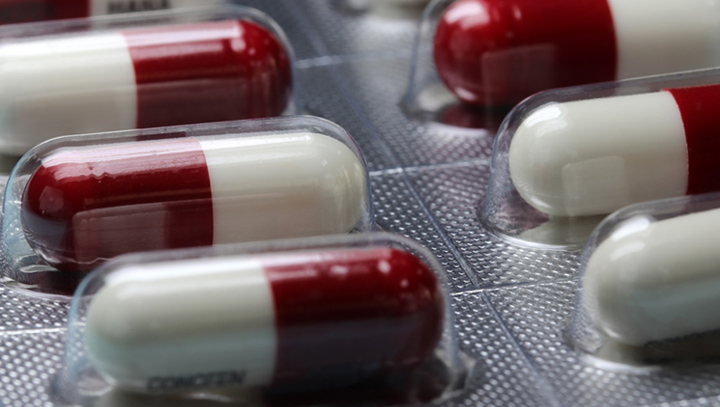Contamination in the pharmaceutical industry is and has always been a major concern. However, as the general public is getting savvier, and after so many horror stories have made the news, more people are paying attention to it. Regulations are also tightening up to combat the issue, and manufacturers now have to do more to ensure the safety of the public and prove it as well. This all starts by identifying the issues at the source and taking the steps necessary to fix them. Let’s take a look at some of the most common causes of contamination in pharmaceutical manufacturing.
Personnel Issues
One big cause of contamination in pharmaceutical manufacturing actually has to do with your workforce. This is also one of the toughest ones to control.
Lack of training is at the top of the list. Another way that contamination can occur is when there isn’t enough control over who can enter certain areas. There are other cases where contamination occurs because one of your employees directly touched primary packaging or starting materials. Or they may not be following best practices by eating, smoking, or drinking in processing and storage areas.
Equipment Issues
Equipment could also be responsible for cross contamination. For instance, it’s not uncommon for vacuums to be used for multiple functions, whether it’s intentional or not. This is one of the most common reasons why cross contamination occurs, but there are relatively simple ways to address this.
You could create a centralized cross contamination vacuum or use attachments of different colors. You have to make sure that they’re vibrant as well. You could use different colors for different substances or functions in the production process. Or you could use different colors for specific work areas.
Besides that, there are other ways that you can get cross contamination from equipment. In some cases, it could be because it isn’t clean enough or cleaned using the wrong agents. Neglected equipment can also start to corrode, which is another risk. Then there are cases when defective equipment is used purposely either out of negligence or in an attempt to drive down costs.
Facility Issues
Your facility itself could have some severe flaws that increase the chances of contamination. One that is getting a lot of attention now is air filtration. But even things such as rough or porous walls, ceilings, or floors could create a more fertile ground for bacteria and increase risk through contact.
There are also cases when space is not optimized to prevent mix-ups or doesn’t allow for enough space. A crowded space with decrepit floors and ceilings along with a poor or outdated ventilation system is a sure recipe for a disaster. You also have to take steps to prevent pest infestations and provide adequate washing, toilet, cleaning, and locker facilities for everyone.
These are just some of the most common causes of contamination in the pharmaceutical industry. It all starts with a well-educated workforce, but you have to provide them with the tools needed to prevent incidents.


